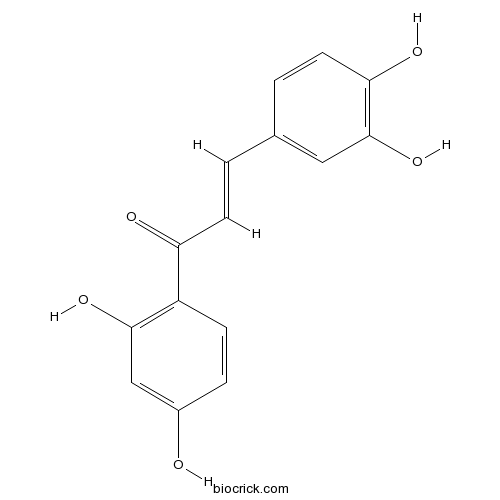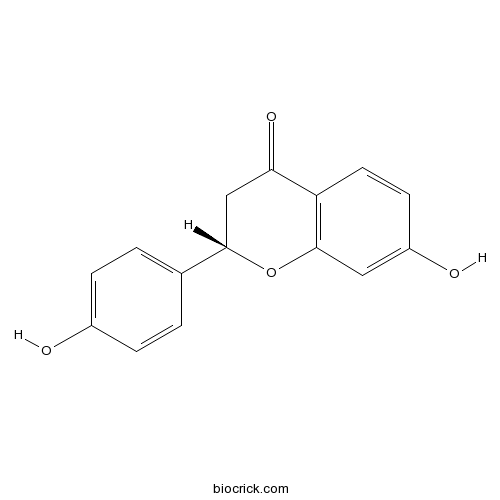Caragana davazamcii
Caragana davazamcii
1. The products in our compound library are selected from thousands of unique natural products; 2. It has the characteristics of diverse structure, diverse sources and wide coverage of activities; 3. Provide information on the activity of products from major journals, patents and research reports around the world, providing theoretical direction and research basis for further research and screening; 4. Free combination according to the type, source, target and disease of natural product; 5. The compound powder is placed in a covered tube and then discharged into a 10 x 10 cryostat; 6. Transport in ice pack or dry ice pack. Please store it at -20 °C as soon as possible after receiving the product, and use it as soon as possible after opening.
Natural products/compounds from Caragana davazamcii
- Cat.No. Product Name CAS Number COA
-
BCN5592
Butein487-52-5
Instructions

-
BCN5946
Liquiritigenin578-86-9
Instructions

Ultrastructure and distribution of sensilla on the maxillary and labial palps of Chlorophorus caragana (Coleoptera: Cerambycidae).[Pubmed: 29315732]
Chlorophorus caragana is a species of long-horned beetle that damages Caragana davazamcii Sancz. (Fabales: Papilionaceae) bushes in desert areas in China. The beetles cause substantial damage to local forestry plantations and the environment. Sensilla on the maxillary and labial palps of coleopterans a allow the insects to recognize their host plants. We used scanning and transmission electron microscopy to study the ultrastructure, distribution, and abundance of various sensilla on the maxillary and labial palps of C. caragana. We found four types of sensilla including ten subtypes: one of Böhm's bristles, three of sensilla chaetica, one of digitiform sensilla, and five of sensilla twig basiconica. The types and distribution of the sensilla on the maxillary and labial palps were highly similar between males and females. Finally, this article discusses the functions of the sensilla of related species in recognizing hosts and the significance of gustation studies in the context of the control of C. caragana.


